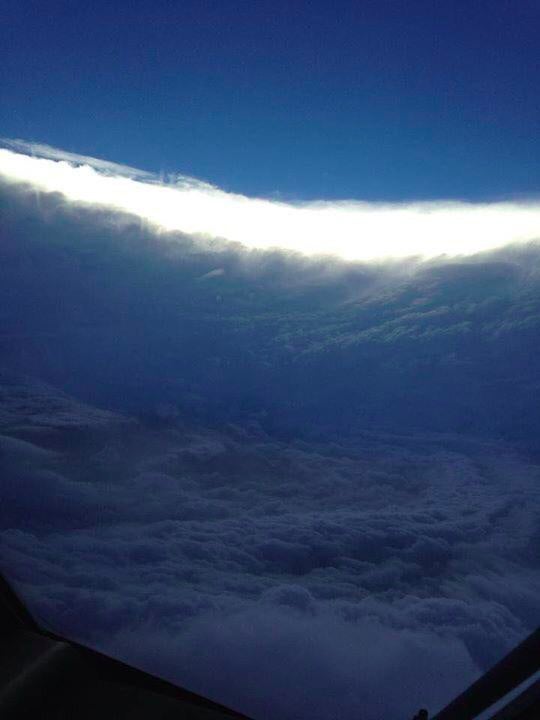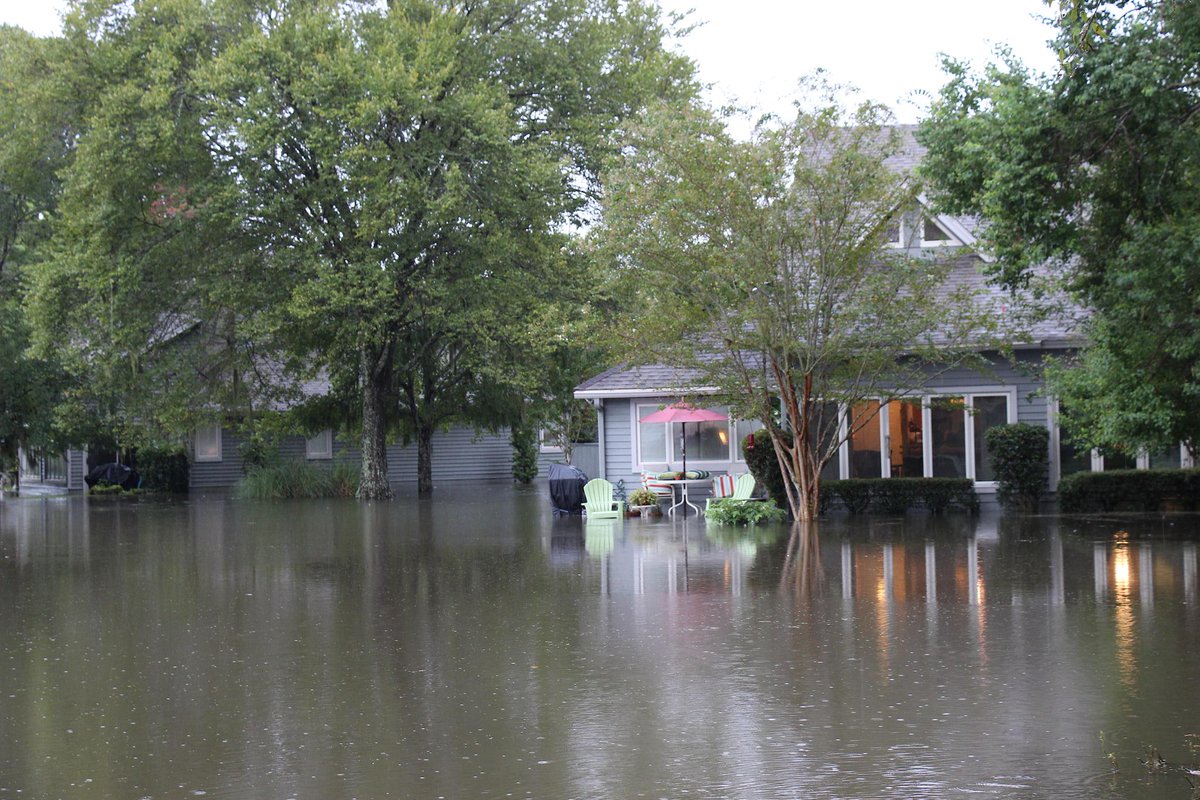Associated Press
Published: August 31,2015
Several
thousand people were on hand Sunday to honor three U.S. Forest Service
firefighters who were killed while battling a massive blaze in
Washington.
The
memorial service for 20-year-old Tom Zbyszewski, 26-year-old Andrew
Zajac, and 31-year-old Richard Wheeler was held in Wenatchee, about 90
miles south of Twisp, the eastern
Washington town where they were killed Aug. 19 as flames overtook their vehicle.
"They
dedicated their lives to protecting our national forests and the people
in the communities surrounding them," Forest Service Chief Tom Tidwell
said in a eulogy. "And for that we should be grateful."
(MORE: Air Quality Worse in Some Northwestern Towns Than Beijing)
The memorial service for 20-year-old Tom
Zbyszewski, 26-year-old Andrew Zajac, and 31-year-old Richard Wheeler
took place in Wenatchee. That's about 90 miles south of where they died
Aug. 19 near Twisp in eastern
Washington when flames consumed their crashed vehicle.
More
than 80 vehicles took part in a procession leading to the memorial
service Sunday where more than 100 firefighters stood at attention.
Dozens of civilians also took part, many holding U.S. flags and others
with signs that said "You are heroes!"
Tom Zbyszewski followed in
his father's footsteps as a firefighter. He was the youngest of the
three who died, and a physics major at Whitman College with an acting
bent. He was due to return to school in about a week.
"Tom was the
light of my life," his father, Richard Zbyszewski, said in his eulogy.
"My path I'm afraid will always be a little bit darker because I miss
him so much."
(MORE: Strong Storms Batter Northwest, Killing 2)
Zajac
was the son of a Methodist minister from Downers Grove, Illinois. He
was in his second year as a professional wildland firefighter for the
Forest Service and earned a master's degree in biology last year from
the University of South Dakota. Zajac and his wife, Jenn, were married
last year after hiking the 2,650-mile Pacific Coast Trail together in
2013.
Jenn, in a statement read by Zajec's mother, Mary, said,
"Andrew was my calm and my strength; my belay (climbing) partner, my
fishing buddy, my hiking companion, my love. Just under a year ago we
made a promise until death do us part. I just never imaged it would come
so soon. I'll miss him forever."
Wheeler, "Wheels" as his friends
called him during their eulogies, was a fourth-generation firefighter
as well as an avid fisherman, hiker and hunter.
This was Wheeler
and his wife Celeste's second year living in Wenatchee after he
graduated in 2013 from Grand Valley State University in Michigan. He was
a seasonal worker with hopes of becoming a permanent wildland
firefighter for the U.S. Forest Service.
Washington Gov. Jay
Inslee was out of the country, so his wife, Trudi Inslee, presented each
of the families with state flags. The families also received Forest
Service flags, small statues, and a Pulaski, a firefighting tool still
in use today but also heavy with symbolism. When a person becomes a
wildland firefighter, they are said to "pick up the Pulaski."
"Without
men like Tom and Richard and Andrew, we would not be able to protect
and care for the lands they devoted their lives to," Tidwell said.
Daniel
Lyon, who sustained burns on more than 60 percent of his body in the
fire that killed the three firefighters, on Sunday remained in serious
condition at Harborview Medical Center in Seattle, where he's had two
successful burn surgeries. A spokeswoman said the 25-year-old is
scheduled to undergo another operation this week.
Meanwhile, crews made gains on the state's largest wildfire ever recorded as some rain fell over the weekend in north-central
Washington. The Okanogan Complex of fires has burned more than 475 square miles and is 25 percent contained.
More
than 7.8 million acres have burned in wildfires this year, according to
the National Interagency Fire Center. That's well above the 10-year
average of about 5.47 million acres through Aug. 29.
There are currently dozens of large wildfires burning across the West; here's an update on a few of them.
Oregon
Firefighters
on Sunday worked to stop the spread of a group of central Oregon
wildfires that have grown to 159 square miles and destroyed two more
homes and a guest house.
Firefighters built fire lines around the
buildings and set up sprinklers but had to flee Saturday when winds
gusted up to 50 mph and threatened their escape routes.
About 950 firefighters are battling the blazes that have previously destroyed more than three dozen homes in the area.
Some
residents in the area have been told to evacuate and residents of the
town of Prairie City have been told to be ready to evacuate.
Fire
spokesman Damon Simmons says crews have better conditions Sunday and are
trying to stop the flames from spreading to the north and northeast.
Idaho
Northern
Idaho residents on Sunday have been told to be ready to flee from a
wildfire burning on the Idaho-Washington state border.
The Bonner County Sheriff's Office expanded the alert for north of Idaho State Highway 57 to include the Nordman area.
A group of six fires burning mostly in
Washington
has consumed about 33 square miles. About 765 firefighters are assigned
to the blazes. Fire managers say they are facing tough conditions with
strong and shifting winds.
In west-central Idaho, a 76-square-mile
fire two miles east of Riggins jumped the Salmon River. Some residents
in the area have been told to evacuate and others have been told to be
ready to leave.
More than 800 firefighters are battling that blaze that's burning through timber.
Alaska
Additional
firefighting crews were expected to arrive Friday to help battle a
wind-whipped wildfire that prompted evacuation orders for a small Kodiak
Island community and destroyed a library and some other properties.
The
fire erupted Thursday in Chiniak (chihn-ee-AHK'), which is about 10
miles southeast of Kodiak on the easternmost point of Kodiak Island.
Kodiak Fire Chief Jim Mullican told KMXT radio the fire was burning out
of control.
The cause of the blaze wasn't immediately
clear. There also was no immediately reliable estimate for its size,
Kodiak City Manager Aimee Kniaziowski told the station.
Police said the library had burned down and some properties had been destroyed.
Montana
Light
rain dampened some wildfires in far western Montana on Sunday, while
other fires closer to the central part of the state continued to spread
and threaten rural residences.
After most fires grew on Saturday
because of warm, windy conditions, Sunday's weather brought at least
cooler temperatures across the state.
"We were hoping that today
would not be so active and that's the way things have been working out,"
Brad Purdy, spokesman for a complex of fires burning in the Kootenai
National Forest near the Idaho border, said Sunday afternoon.
Purdy
said conditions improved so much on one fire burning south of Libby
that fire managers on Sunday morning lifted an evacuation order issued
the previous day for 28 rural residences outside the town.
Rain
also calmed fires burning in Mineral and Missoula counties west of
Missoula that had earlier destroyed five Forest Service structures.
To
the north, a fire in the Flathead National Forest near Glacier National
Park that forced the evacuation of the small community of Essex also
was not as active Sunday, according to fire spokesman Ted Pettis.
"It
behaved itself pretty well," Pettis said. "I drove through the fire
area today and it was pretty calm. I didn't see any open flames. It was
smoking in places."
In the western part of the state close to the
Idaho border, a wildfire near Tarkio, Montana, that had grown to about
19 square miles slowed down on Sunday, spokeswoman Kim Smolt said.
"It
hasn't grown much in a day and a half. It's just creeping along right
now," Smolt said, noting that five U.S. Forest Service structures have
been destroyed. There are no reports of injuries or deaths, she said.
About 300 people in the area have evacuated from their homes, Smolt said.
California
A stray shot at a Salinas firing range sparked a blaze that burned 48.8 acres and took dozens of firefighters to contain.
The
Monterey County Herald reports that the fire began around 1 p.m. Sunday
when a shooter at the Laguna Seca Rifle and Pistol Range accidentally
shot a concrete culvert that diverts rainwater. A spark from the bullet
ignited nearby grass.
Ten fire trucks, two air tankers, two
helicopters, about 40 firefighters and two prison inmate crews responded
to the blaze. It was extinguished after about an hour. There were no
injuries and no structures were destroyed.
Officials say there will be no charges for the shooter or fines for the range, which will be taking out the concrete culvert.
 Inside the eye of Hurricane Ignacio. (Air Force Reserve 403rd Wing Hurricane Hunters)
Inside the eye of Hurricane Ignacio. (Air Force Reserve 403rd Wing Hurricane Hunters) Inside the eye of Hurricane Ignacio. (Air Force Reserve 403rd Wing Hurricane Hunters)
Inside the eye of Hurricane Ignacio. (Air Force Reserve 403rd Wing Hurricane Hunters)































